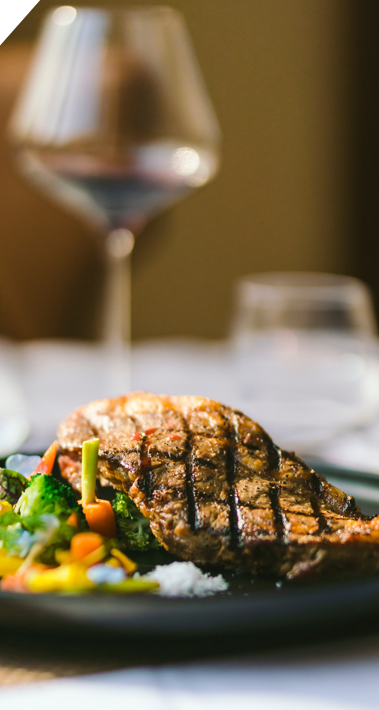OUR VISION
The food revolution is underway!
Consumers switch from a passive approach – relying on what the market offers – to an active one, looking for what they want. The food chain is at a tipping point, rocking from a producer-centric dynamic to a concrete alliance between consumers and producers.
Eat Europe is a collaborative place, which fosters solutions-oriented proposals and an open dialogue between consumers and producers, allowing both sides to understand and interact with each other.
The agri-food chain needs to adapt, building from existing successful experiences. The actors from the farm to the fork must come together and be able to exchange view and work together: more transparency, thus, more inclusion of consumers in the way the food is produced, processed, distributed, and where it comes from. At the same time, a better understanding within the society of what food is, with all its dimensions and implications, is crucial.
Everyone has the power to make an impact!
Eat Europe is the place where public debate on health, nutrition, and environmental effects of the food systems can develop and be nourished by exchanges and the sharing of best practices.
An open debate on topical issues aimed at finding concrete solutions will be the purpose at the core of Eat Europe’s action, with the ambition of leaving no one behind.

OUR AMBITION
Eat Europe makes the freedom of choices central, generates dynamics, and accompanies the modernisation of EU food systems. Economic, environmental, and social innovation must be fostered
All citizens, consumers, producers and farmers must be respected and heard: food does not only have an economic value, but it is also and mostly culture, taste, emotions, health, products, and memories. Similarly, food has also a social dimension and much more. We respect all these facets of food, integrating and including each of them in every step of our work.
Europe must better understand consumers’ expectations and match them with a resilient agri-food sector, and not in ways a single market segment would like to reshape them. In a fragmented environment, public actors need to mobilise expertise to build their policies on facts. Moreover, the legal framework must adapt to new challenges – health, nutrition, innovation – while securing the “ funding principle” of EU food policy.
OUR STRUCTURE & PRIORITIES
Eat Europe aims at re-centering the food system by taking a strong European perspective and by giving the right informative and educational tools to consumers to make the most balanced, informed and thus healthy food choice when confronted with a multitude of offers on the shelves
Eat Europe aims at:
- Build a bridge with food processors to respond to consumers expectations
- Propose a climate transition fit for all categories of products, rooted our farming systems rather than labs
- Promote balanced and healthy diets, instead of product centric reductionists approaches
- Tabling coherent recommendations on public policies to strengthen EU food systems, leaving no one behind
We strive to introduce in the debate coherent proposals for EU decision-makers, with the objective of offering solutions, identifying necessary breaches of tradition and indicating pathways to build efficient policies.
We approach issues with a non-political orientation: our goal is to stimulate thinking with all partners and members. The organisation consists of a multicultural team of recognised and dedicated food lovers !
The work of Eat Europe includes:
- Thematic working groups and policy briefings & reports
- Development of concrete proposals for decision-makers and communication strategies for these proposals
- Events to stimulate debates and confront ideas
- Policy recommendations – developed with partners & members
- Events and campaigns to promote the ideas of the association and engage with other organisations
- The Global Food Forum initiative to design pathways for a sustainable and thriving future